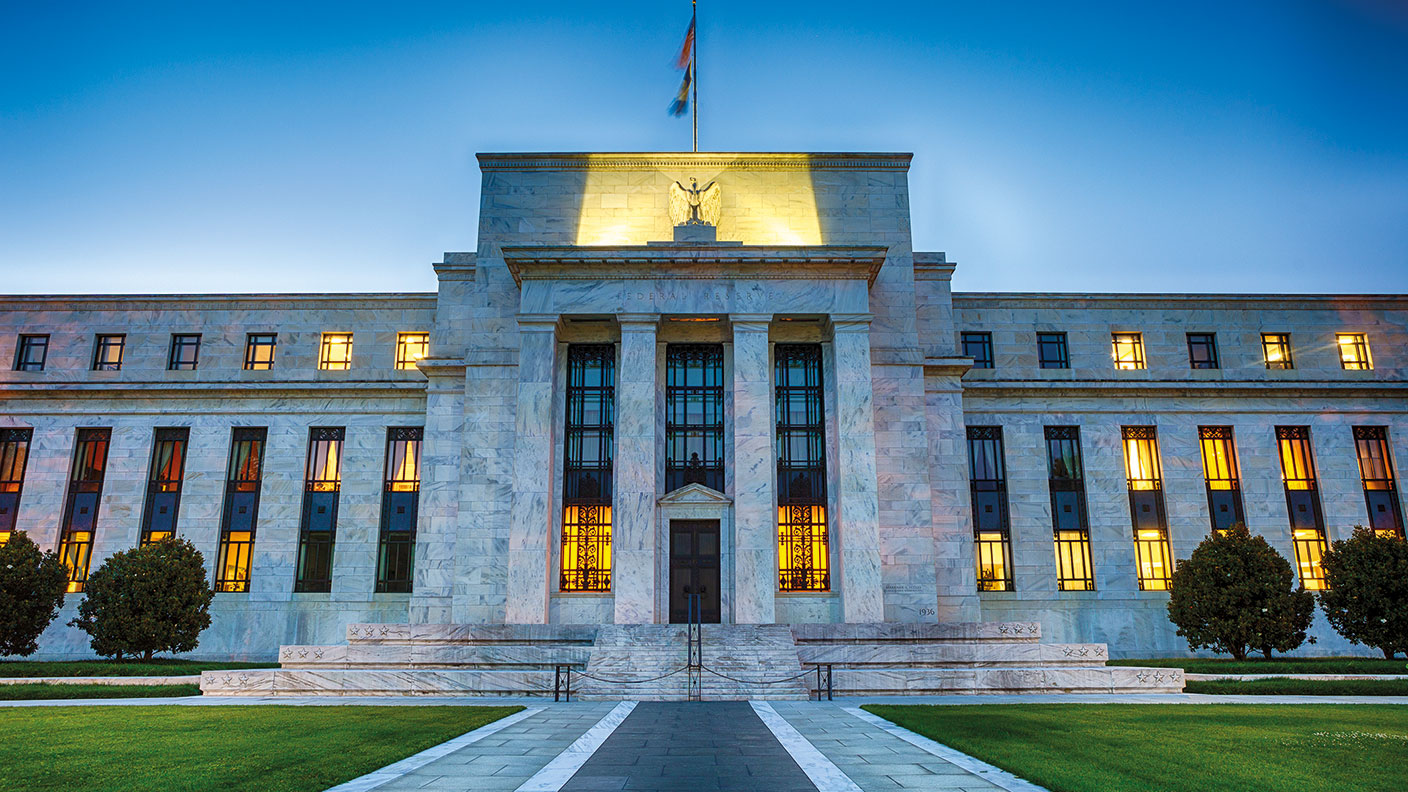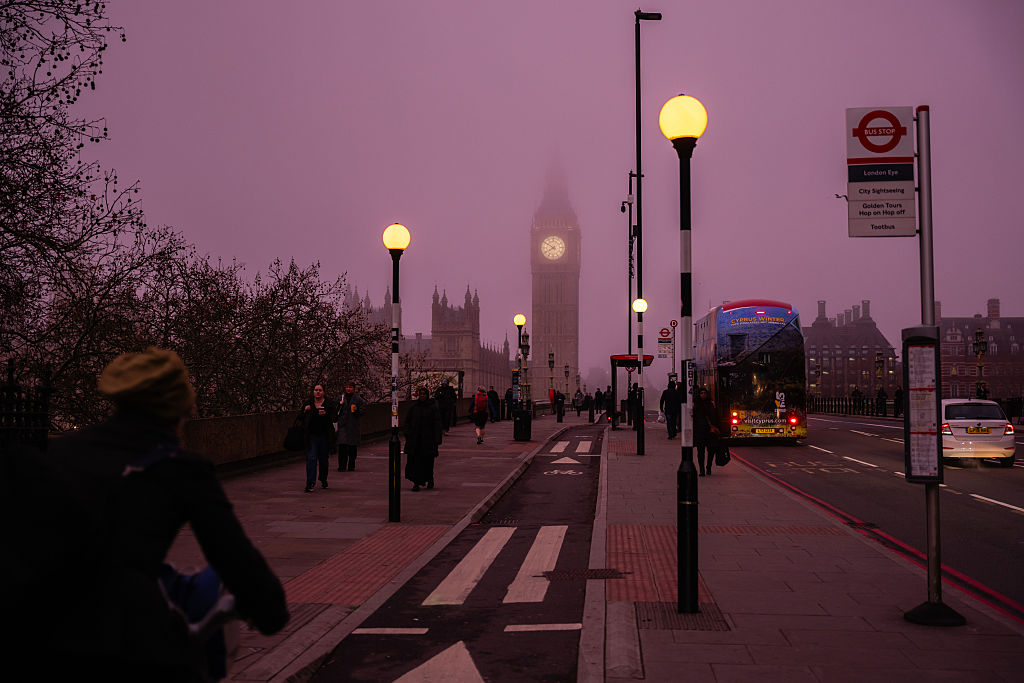How will the end of easy money pan out?
Minutes from the Fed meeting shows that it plans to shrink the central bank's balance sheet faster than expected to tackle inflation. Alex Rankine explains what is going on.

“The world’s central bankers… are starting to see sense,” says Hamish McRae in The Mail on Sunday.
Minutes from the March meeting of America’s Federal Reserve show that policymakers plan to shrink the Fed’s $9trn balance sheet faster than anticipated in response to soaring inflation. The balance sheet is made up of assets, principally US government bonds and mortgage-backed securities, which the Fed has bought during multiple rounds of quantitative easing (QE).
Now QE is to be replaced by quantitative tightening (QT). “Officials broadly agree the Fed should shed up to $95bn of assets a month,” with the reductions to begin gradually next month, say Colby Smith and Kate Duguid in the Financial Times.
MoneyWeek
Subscribe to MoneyWeek today and get your first six magazine issues absolutely FREE

Sign up to Money Morning
Don't miss the latest investment and personal finances news, market analysis, plus money-saving tips with our free twice-daily newsletter
Don't miss the latest investment and personal finances news, market analysis, plus money-saving tips with our free twice-daily newsletter
The Fed can reduce its bond holdings by not reinvesting the proceeds of bonds as they mature, or by selling some of them outright. There may be unexpected accidents. In 2019, the last time the Fed was trimming its balance sheet, short-term funding markets briefly seized up after the flood of bonds unleashed on markets caused a cash shortage.
Unclear consequences
Ultra-loose monetary policy has underpinned record US stock returns. Now the rush to tighten policy is casting a cloud over equities. America’s S&P 500 index is down 2.5% since the start of April, with the Nasdaq Composite falling more than 5%. The Fed waited the best part of a decade to begin reversing its financial crisis-era QE. This time it plans to go much faster. Developed countries’ central banks have bought about $12trn in bonds since the pandemic began, says The Economist.
Reversing trillions of dollars of asset purchases might seem like a powerful way to contain inflation.” Yet the way QE works – and hence the effect of unwinding it – is little understood.
One theory is that central-bank bond buying shrinks the “term premium” on bonds, effectively a way of cutting long-term borrowing costs. But research by Dario Perkins of TS Lombard finds that the term premium does not in fact track the size of central bank balance sheets, suggesting QE may have less impact on bond markets than theorised. Another theory is that by inflating asset prices and pushing investors into riskier securities QE helps loosen financial conditions, says Neil Shearing of Capital Economics.
Alternatively, maybe QE is a way for central banks to signal that they are committed to keeping interest rates low. Ultimately no one is quite sure how it works. “It’s therefore impossible to determine how a given amount of QT will affect financial conditions.”
If QE is less important than widely believed, then QT may likewise prove “to be a damp squib”. The US has only been through QT once before, in 2017-2019, says Justin Lahart in The Wall Street Journal. That went relatively smoothly.
But in 2013 the mere hint that the Fed might begin tapering asset purchases sent US bond yields soaring and caused chaos in emerging markets, an event known as the “taper tantrum”. The Fed’s surprise rush into QT this time feels more like the 2013 episode. Investors may not know what will happen when QT begins, but they do “know that they don’t like it”.
Get the latest financial news, insights and expert analysis from our award-winning MoneyWeek team, to help you understand what really matters when it comes to your finances.
Alex is an investment writer who has been contributing to MoneyWeek since 2015. He has been the magazine’s markets editor since 2019.
Alex has a passion for demystifying the often arcane world of finance for a general readership. While financial media tends to focus compulsively on the latest trend, the best opportunities can lie forgotten elsewhere.
He is especially interested in European equities – where his fluent French helps him to cover the continent’s largest bourse – and emerging markets, where his experience living in Beijing, and conversational Chinese, prove useful.
Hailing from Leeds, he studied Philosophy, Politics and Economics at the University of Oxford. He also holds a Master of Public Health from the University of Manchester.
-
 ‘Why I have ditched my Help to Buy ISA for cash savings and the stock market’
‘Why I have ditched my Help to Buy ISA for cash savings and the stock market’Without the 25% bonus, my Help to Buy ISA is effectively redundant, says MoneyWeek writer Sam Walker.
-
 Is your inheritance tax allowance cut if you sell to downsize or sell your home to pay for care?
Is your inheritance tax allowance cut if you sell to downsize or sell your home to pay for care?Downsizing relief is a little-known benefit that could save your loved ones tens of thousands of pounds in inheritance tax after you’ve died.
-
 The steady rise of stablecoins
The steady rise of stablecoinsInnovations in cryptocurrency have created stablecoins, a new form of money. Trump is an enthusiastic supporter, but its benefits are not yet clear
-
 Goodwin: A superlative British manufacturer to buy now
Goodwin: A superlative British manufacturer to buy nowVeteran engineering group Goodwin has created a new profit engine. But following its tremendous run, can investors still afford the shares?
-
 A change in leadership: Is US stock market exceptionalism over?
A change in leadership: Is US stock market exceptionalism over?US stocks trailed the rest of the world in 2025. Is this a sign that a long-overdue shift is underway?
-
 Modern Monetary Theory and the return of magical thinking
Modern Monetary Theory and the return of magical thinkingThe Modern Monetary Theory is back in fashion again. How worried should we be?
-
 Metals and AI power emerging markets
Metals and AI power emerging marketsThis year’s big emerging market winners have tended to offer exposure to one of 2025’s two winning trends – AI-focused tech and the global metals rally
-
 King Copper’s reign will continue – here's why
King Copper’s reign will continue – here's whyFor all the talk of copper shortage, the metal is actually in surplus globally this year and should be next year, too
-
 The coming collapse in the jobs market
The coming collapse in the jobs marketOpinion Once the Employment Bill becomes law, expect a full-scale collapse in hiring, says Matthew Lynn
-
 Renewable energy funds are stuck between a ROC and a hard place
Renewable energy funds are stuck between a ROC and a hard placeRenewable energy funds were hit hard by the government’s subsidy changes, but they have only themselves to blame for their failure to build trust with investors